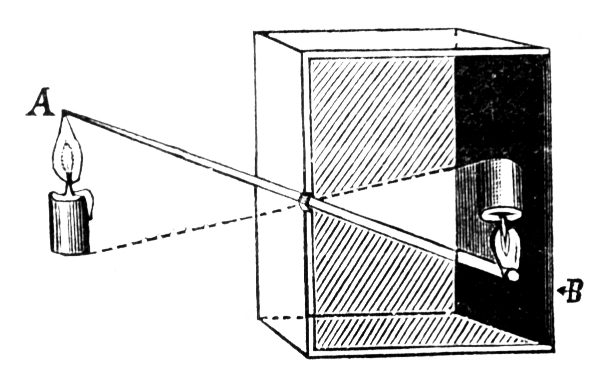Although the idea had been tested earlier on, the Camera
Obscura became available to the public in the 16th century. The idea
for making this camera dates back to the times of the Ancient Greeks. Aristotle
noticed a beam of light passing through a crack in the wall of a dark room, and
the image was reversed onto the opposing wall. The theory was also used to test
whether light travelled in a straight line in the 10th Century, and
to see the sun in the 13th Century. In the 16th Century,
the camera was a valuable aid to artists, which enabled them to create clearer
drawings with more detail and accurate perspective. It was a large box, with a small pinhole at the end, which enabled light to reflect a flipped image onto the back surface, which could then be traced.
The pros and cons for the Camera Obscura are as follows:
Pros:
- Easy to make (using a cardboard box)
- Large depth of field
Cons:
- Unable to zoom in on a focus, or out to get a wider range of image
- Image had to be traced.
- Quite large, was hard to carry around
- No memory - unable to 'save' images
- Resolution was poor
The pros and cons for the Camera Obscura are as follows:
Pros:
- Easy to make (using a cardboard box)
- Large depth of field
Cons:
- Unable to zoom in on a focus, or out to get a wider range of image
- Image had to be traced.
- Quite large, was hard to carry around
- No memory - unable to 'save' images
- Resolution was poor


